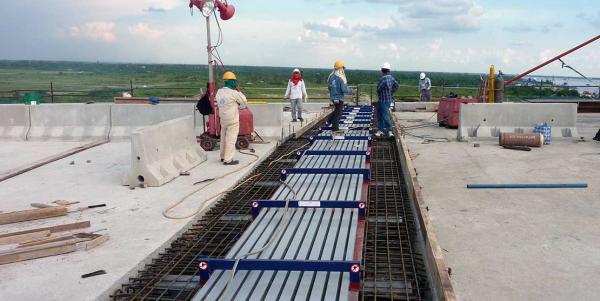We use cookies to make your experience better. To comply with the new e-Privacy directive, we need to ask for your consent to set the cookies. Learn more.
October 2021
-
Concrete Contraction Joints
When you think of concrete, movement is probably the last thing that comes to mind. But despite being a strong, solid material, concrete expands and contracts with temperature changes. This is called thermal movement, and if it isn’t controlled, the concrete can become damaged and lead to further problems. That’s where contraction joints play a role. Why Are Contraction Joints... -
Concrete Isolation Joints
Thermal movement in concrete slabs (the expansion and contraction of the concrete due to temperature changes) must be taken into account when pouring the concrete to prevent excessive or unwanted cracking. This is usually done with expansion or contraction joints that allow the slab to move. However, there are other situations where you may want to create a joint in concrete slabs... -
Concrete Expansion Joints
Despite being a strong, heavy material, concrete does actually expand and contract throughout its lifespan. However, because concrete isn’t an elastic material, it doesn’t bend or stretch easily. So, when this expansion and contraction occurs, joints are required to make sure the concrete isn’t damaged. Why Are Expansion Joints Required? The expansion of concrete is caused by changes in temperature...



